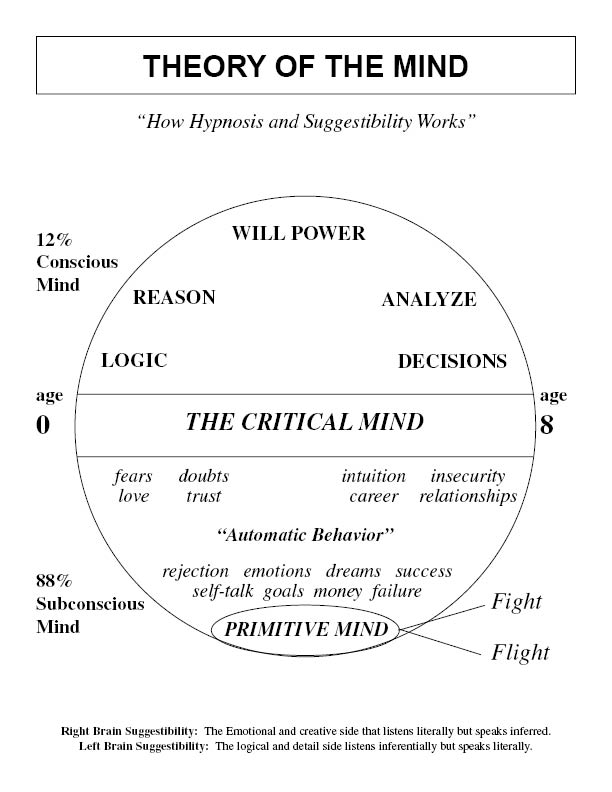You, on The Hero’s Journey
I like Star Wars. “The Empire Strikes Back” is my favorite movie. When I hear the word transformation, I think about Luke Skywalker, and unless you’ve been living in a cave since 1977, you know that he is the hero of the first three Star Wars movies.
Here’s a guy that goes from being a whiny, irresponsible young farm boy to becoming the powerful Jedi Knight that brings peace to the universe by bringing down the evil Galactic Empire. Only in the movies, right? Well, not quite.
The story of Luke Skywalker is a story as old as time. (as is the story of the Hobbit Frodo Baggins) It is known as the Hero’s Journey, and it is found in myths and legends from around the world. The roots of the hero’s journey go back to the ancient wisdom teachings from the earliest of civilizations.
George Lucas, the creator of Star Wars, has acknowledged that he owes a debt to mythologist and author Joseph Campbell, whose theories about the hero’s journey have influenced numerous writers and artists.
Here’s a chart from Wikipedia under “The Hero’s Journey”:
In his book, “The Hero with a Thousand Faces” Joseph Campbell describes the hero’s journey. (Click here for a really cool video regarding the Hero’s Journey and “The Matrix”)
According to Wikipedia: “Campbell describes a number of stages or steps along this journey.”:
-
A call to adventure: The hero, in the ordinary world, receives a call to enter an unusual world of strange powers and events.
-
A road of trials: If the hero accepts the call, he must face tasks and trials.
-
Woman as temptress: The hero will be tempted and must survive a severe challenge. If the hero survives, the hero may gain a great gift, which often results in the discovery of important self-knowledge.
-
Return to the ordinary world: The hero must then decide whether to return with this gift , often facing challenges on the return journey.
-
Freedom to live: If the hero is successful in returning, the gift may be used to improve the world.
What’s interesting is that this chart looks very similar to another diagram that I am quite familiar with:
Coincidence? I think not. Any substantial change or transformation means stepping into the unknown and facing the enemy inside.
Let’s examine the hero’s journey from the perspective of Theory of Mind. The top part of both circles is the ordinary world, the realm of our conscious minds.
As we mature, we are called to adventure. This call is to take responsibility for our lives. This may involve going away for school, getting married, starting a career, or having children. This is a call most of us are willing to answer. Of course, there are challenges, sometimes major.
At this point there is a threshold to cross. We can choose to play it safe, sticking with the known and familiar, stuck in behaviors that don’t serve us, stopped by fear of the unknown. Or, we can choose the path of growth and transformation in an effort to create our lives.
We can choose to delve into the unknown, making a conscious choice to continue along the road of trials in search of a life that is meaningful and worth living, even if the path is unclear. We may realize that we cannot do it alone, and search for guidance in spirituality or religion, seeking out mentors, or being open to help from powers unseen.
In our journey to create a life, we encounter the road of trials: loss of innocence, loss of love, rejection, disappointment, failure, intense pain, illness. At this point we may be made aware of our own character defects that brought us to this rocky road. These defects can be bad habits or addictions, mental or physical laziness, or values that are lacking, not clearly defined or not adhered to.
Now we are in the abyss, the realm of the subconscious mind. We may have to fight demons that arise to keep us from moving ahead. We come face to face with our fears and doubts. Our primitive mind will kick in with fight or flight as a last ditch attempt to protect us from the unknown. We will want to turn back or quit altogether.
If we choose to continue on the path to transformation, a part of us must die. Campbell calls this “Atonement with the Father”. Luke Skywalker, in his battle with Darth Vader (“Dark Father” representing the evil part of himself) loses his hand and throws himself into the abyss, choosing death instead of surrender to the Dark Side. What dies in us is our identification with our ego, who we think we are, our limitations, our physical bodies. We become present to who we really are: infinite energy, light, spirit.
We can now enroll our subconscious minds as a helper, as we work to get comfortable with new ways of thinking, behaving, and relating to ourselves. Our true powers are revealed to us: trust, faith, intuition, courage. We have acquired the gifts of wisdom and foresight. We’ve developed clearly defined values that guide us and that are not negotiable.
We are now transformed, born again, and as such, we may seek to share our learning (the gift) to the world as we incorporate and synthesize our wisdom back into ordinary life.
The hero’s journey is humanity’s struggle to bring order out of chaos. Each of us walks the path of the hero’s journey, whether we realize it or not; in our daily lives, we seek transcendence over the mundane, the petty and the ordinary.
We are all continually called to action, to be great, bold, courageous. We will shy away from this call, yet it is unceasing. Transformation happens when we go boldly where we have not gone before, to quote a phrase, and trust that the universe conspires in our favor.
See yourself as the hero when you feel stuck, beaten, or paralyzed to move forward. You are fighting the same battle that each person fights, travelling the same journey as every human that ever lived. It is the struggle to become more than what we are.
Ted
Photo by David Johnston www.dk9studio.com




















